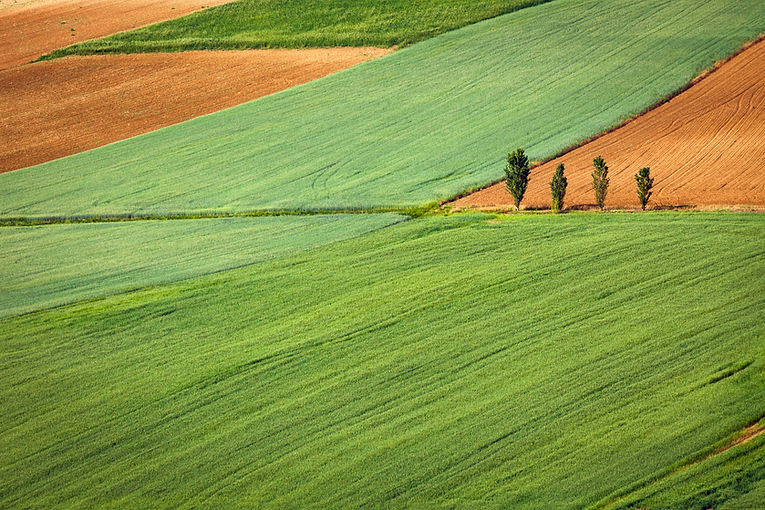How satellites can be used to prioritize farm inspections
- Adriaan van Niekerk

- Dec 18, 2018
- 3 min read
Updated: Jan 13, 2019
Many farms are too large to monitor using traditional "feet-in-field" inspections. In this article I give a short overview of a remote sensing technology that automatically identifies areas within fields that are under-performing and that should be prioritized for inspection.
I am proud to have been involved in the development of a new technology that makes use of freely available satellite imagery to identify areas within fields (or orchards, vineyards, and camps) that should be prioritized for inspection. The technology, which was developed by the Centre for Geographical Analysis (CGA) at Stellenbosch University and funded by the Water Research Commission (WRC) of South Africa, identifies areas within fields where growth vigour is consistently lower than the rest of the field. The within-field anomaly detection (WFAD) method was initially developed to identify areas that are likely affected by salt accumulation and/or waterlogging (more details about the research is available here), but it turns out that the WFAD method is effective for identifying any type of problem that leads to perpetual crop stress.
What makes the WFAD method unique is that the growth vigour of each pixel within a field is compared against the average growth vigour of the entire field. A pixel is flagged as an anomaly if its growth vigour is significantly lower than the average growth vigour of the entire field. This process is repeated for each available satellite image in a particular month (up to six times per month), and the resulting anomaly layers are combined (intersected) to produce a monthly anomaly map. As shown in Figure 1, only pixels that were persistently labelled as anomalies are retained in the monthly anomaly map.

The monthly anomaly map production is repeated for each sequential month and the resulting maps are aggregated to produce an inspection priority index. Figure 2 demonstrates the aggregation process over a four month period.

The WFAD method was implemented as a stand-alone system, called the WFADS, and was recently used to develop the Salt Accumulation and Waterlogging Monitoring System (SAWMS), also funded by the WRC. Figure 3 shows a screenshot of the SAWMS user interface (web-application), with the priority index shown on the left panel.

The WFADS currently makes use of freely available Sentinel-2 imagery, but can be modified to employ any type of imagery. The period of examination can also be modified to highlight specific types of problems. For instance, persistent anomalies over a period of several seasons (e.g. 24 months) are most likely related to soil conditions, whereas shorter-term or emerging anomalies are likely caused by pests, water stress, or farming activities (e.g. incorrect fertilizing, poor irrigation practices). Future work will focus on the incorporation of field observations to infer the likely causes of anomalies (e.g. by analyzing their temporal and spectral profiles).
The WFADS holds much potential for increasing agricultural productivity as it saves on input costs (i.e. by carrying out fewer inspections in areas that are performing well) and increases yields (i.e. by managing areas identified as anomalies).
The SAWMS development is currently in its final stages and the main activity over the next few months will be to develop a business model the WFADS, using the SAWMS as a minimum viable product. The identification of suitable technology transfer partners is also a priority.
Acknowledgments
This work forms part of a project titled Salt Accumulation and Waterlogging Monitoring System (SAWMS) Development which was initiated and funded by the Water Research Commission (WRC) of South Africa (contract number K5/2558//4). More information about this project is available in the 2016/2017 WRC Knowledge Review (ISBN 978-1-4312-0912-5) available at www.wrc.org.za.
This article was originally published on www.remotesensing.blog, which is devoted to articles about the use of remote sensing and other geospatial technologies for agricultural and related applications.
See related posts:













Comments